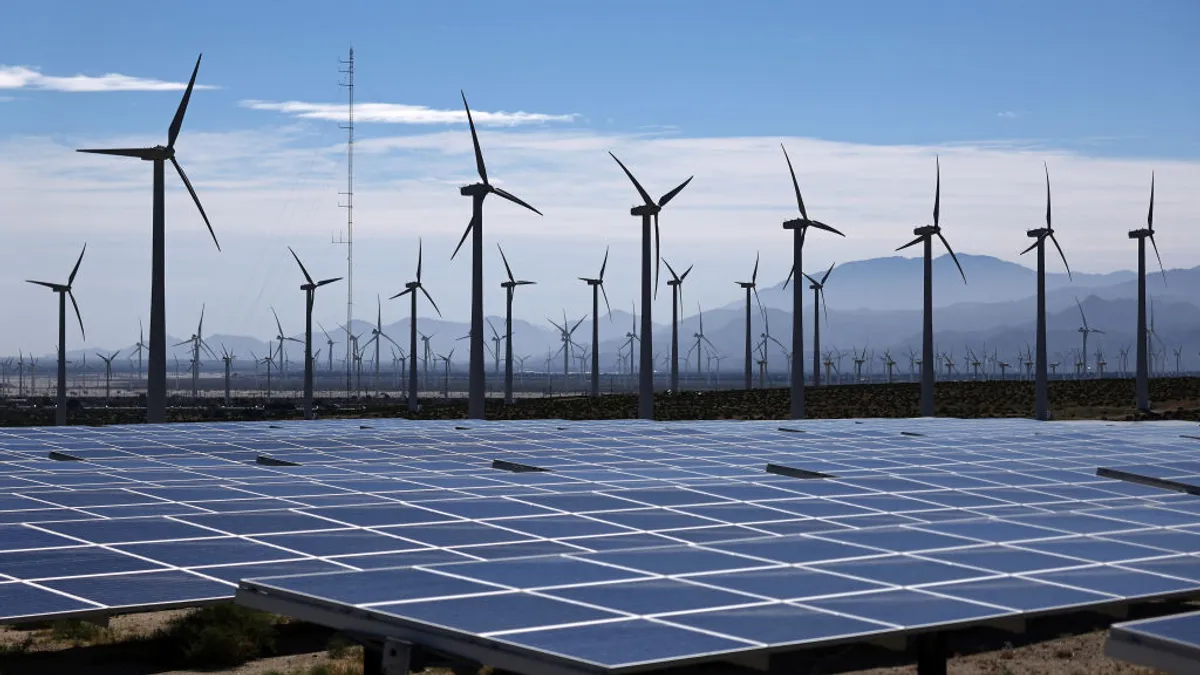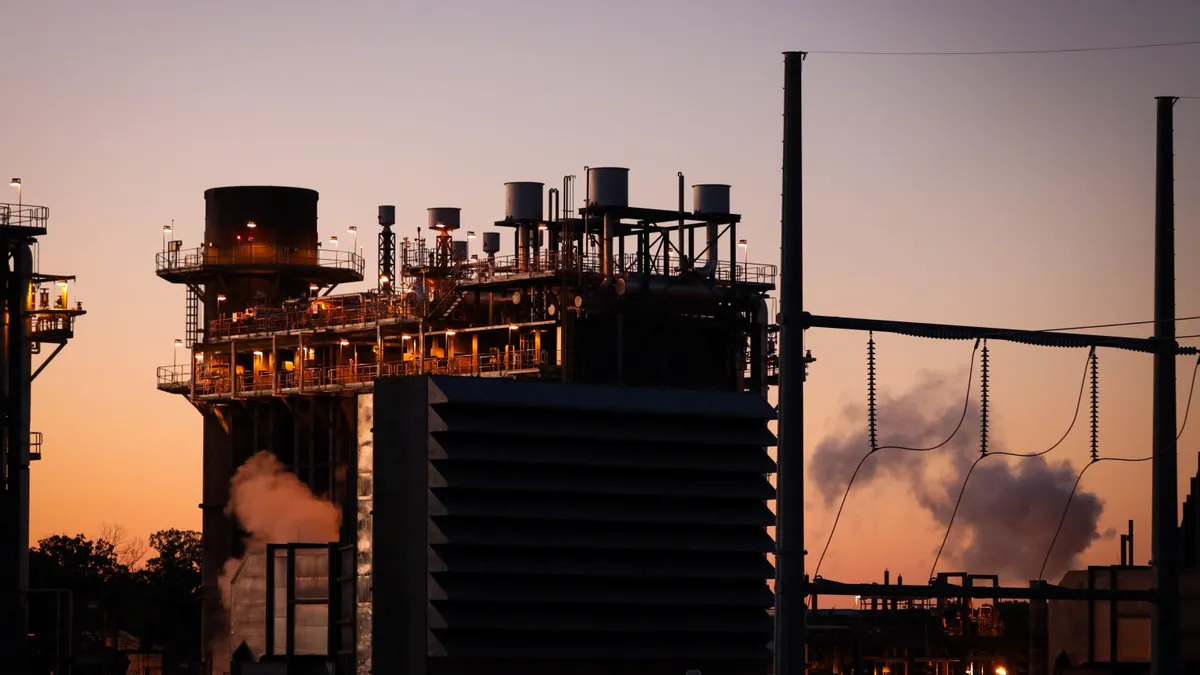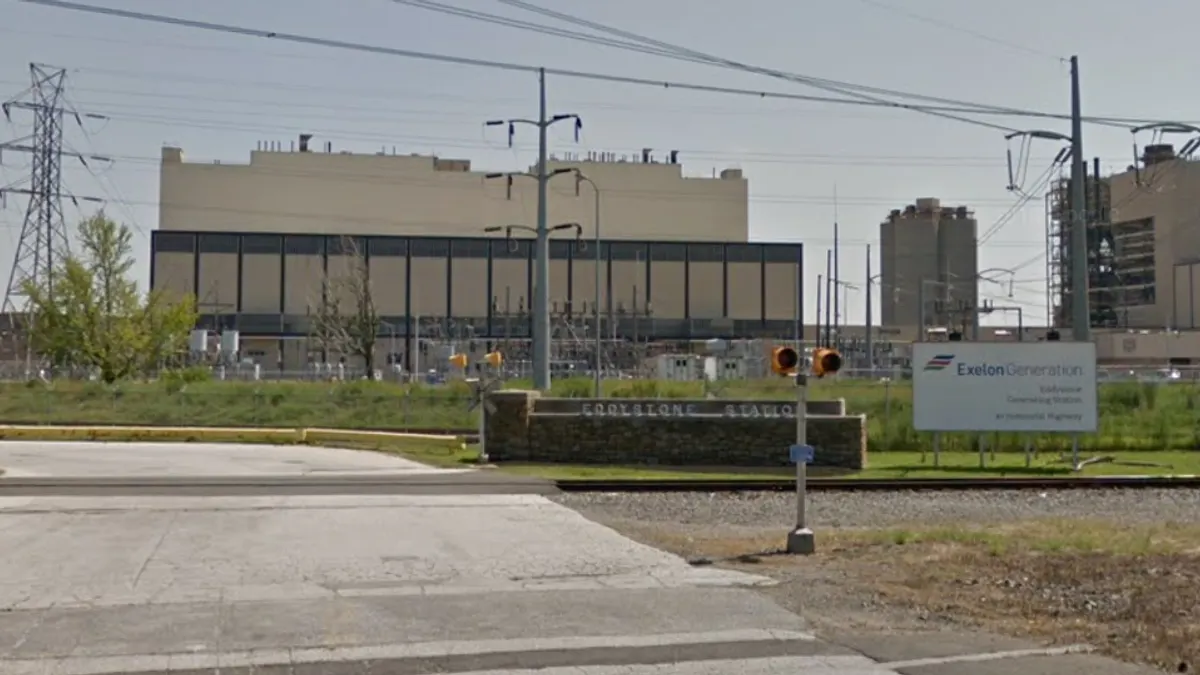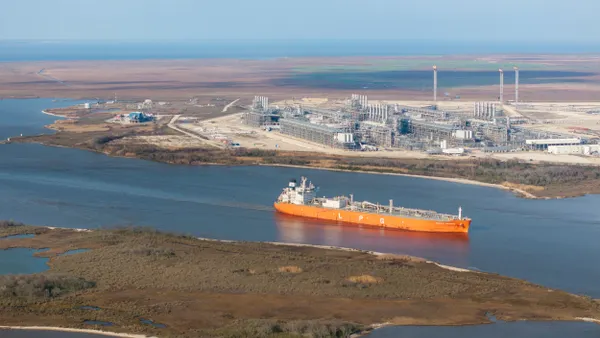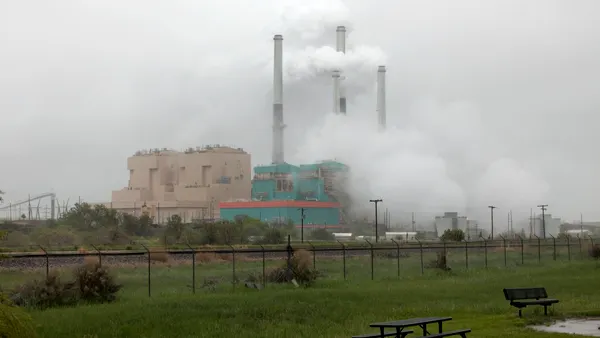Dive Brief:
- California could accelerate the deployment of clean energy and save billions of dollars by adding more generation and storage at underutilized interconnections for existing power plants, according to a working paper by researchers at the University of California, Berkeley.
- The Federal Energy Regulatory Commission opened the door for new sources to use surplus interconnection with Order 845 in 2018.
- Several experts said the research was promising, but the California Independent System Operator said the report likely “significantly overstates” commercial interest and feasibility.
Dive Insight:
Like many states, California is facing a congested interconnection queue, costly transmission upgrades and rising retail electricity rates.
The Berkeley paper, which has not been peer-reviewed, claims to have analyzed hundreds of existing renewable and thermal plants in California and identified potential for 53 GW of additional clean energy capacity, including wind and solar, as well as 23 GW of storage, through surplus interconnection. In total, it says that adding 76 GW of clean energy capacity could nearly double the state’s installed generation capacity, which was 89 GW in 2024, according to the California Energy Commission.
The report was published earlier this month along with an interactive map of surplus interconnection.
The paper concludes that, in general, both renewable and fossil fuel generators underutilize their interconnections, but this is especially true of gas-powered peaker plants. Overall, the paper says about 16 GW of fossil fuel capacity is operating only 15% of the time or less.
“So for 85% of the time, the connection where that gas plant is sending electricity to the grid is essentially idle,” said Umed Paliwal, one of the report’s authors and a senior scientist at Berkeley’s Goldman School of Public Policy. “What if you could add solar and wind near these underutilized interconnections? … This is a very fast way to bring capacity online.”
In an emailed response to questions, a spokesperson for CAISO said the grid operator currently has 230 GW of resources in its interconnection queue, and has “awarded deliverability” to about 60 GW. They said a surplus interconnection service pathway is already available under the ISO tariff, however, “we have not seen significant interest in this approach from developers.”
Michael Davidson, an assistant professor at UC San Diego’s School of Global Policy and Strategy and the Jacobs School of Engineering, called the report “interesting,” but added that he would like to see more details of its methodology.
“I believe the authors propose a creative solution to partially addressing the interconnection bottleneck,” he wrote in an email.
However, he continued, one cannot make a straightforward comparison between gas plants and renewables in terms of levelized costs.
“If a gas peaker plant is only operating 1% of the year, it is because those are the hours in which prices are high enough to justify operation,” Davidson said. “In addition to capacity factor utilization, future analyses should examine how much the existing thermal plants are utilizing the interconnection during peak periods, and therefore how much additional supply can be put on the grid when it is needed most.”
Mark Jacobson, a professor of civil and environmental engineering at Stanford, wrote in an email that the paper’s results are “credible in principle, although it is hard to confirm the exact numbers.”
“There is bound to be low-hanging fruit” in terms of adding wind, solar and storage to existing interconnection sites, he said.



